Recommend the best honey-treated coffee beans? Then you can't miss the coffee beans in Costa Rica.
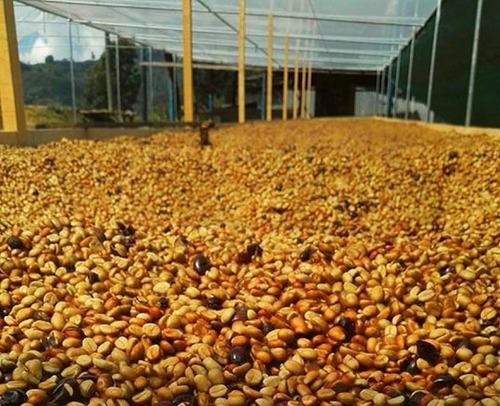
For professional baristas, please follow the coffee workshop (Wechat official account cafe_style)
Costa Rica is one of the familiar coffee producing areas, and you must often see beans like XX Manor / processing Plant Honey treatment in Costa Rica.
Speaking of which, someone may raise his hand and say, "teacher, I know!" Honey treatment is the beans treated with honey!
Cough... In fact, many people are misled by the name, honey treatment is not to add honey, but in the process of processing through the pulp fermentation, and then create a molasses-like sweetness.
Strangely, we often see a color in front of the Costa Rican honey treatment, with black honey, red honey, yellow honey and white honey. What does it mean?
What kind of coffee producing area is Costa Rica, and how does it develop a powerful method of treatment?
Including the secret of honey treatment color, I will tell you one by one.
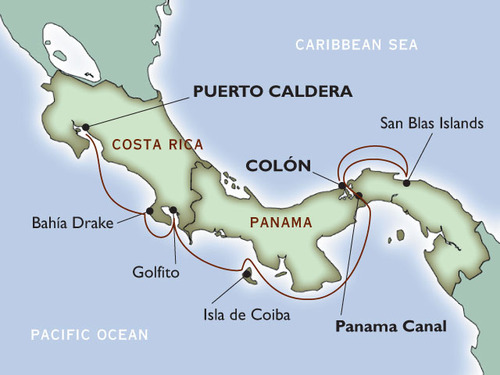
Costa Rican coffee beans are one of the coffee producing areas familiar to coffee drinkers. They are located in the isthmus of Central America. At the same time, they are regulated by Pacific and Atlantic currents and sea breezes. They are towering volcanoes up to 2000 meters above sea level. Coffee berries are slowly brewed in fertile volcanic ash soil and cool environment at high altitude, giving birth to coffee beans with complete and rich flavor.
At present, Costa Rica has eight main producing areas, namely: Guanacaste, West Valley, Central Valley, Turrialba, Orosi, Tres Rios, Tarrazu and Brunca. Costa Rica can be divided into two seasons each year, with the dry season from December to April, when coffee is harvested, and the wet (rainy) season from May to November.
According to ICO, Colombia can produce about 1.6 million bags of Arabica coffee a year, which is not as good as that of Central American countries such as Guatemala and Honduras, but is much higher in quality and price.
In the early days, most of the coffee beans in Costa Rica were famous for being washed. The processed coffee beans had elegant green apple acidity and clean flavor.
However, there is a great need for the use of water resources, which is not only expensive, but also has a great environmental impact.
In recent years, Costa Rica has made great efforts to develop honey treatment, and many micro-processing plants have been set up one after another.
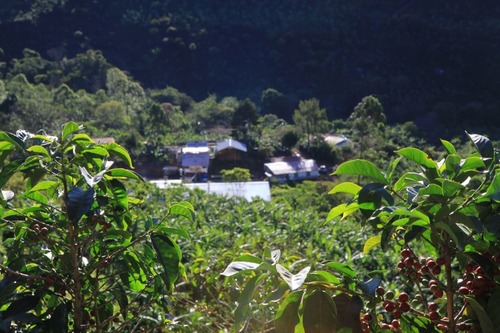
The manor will harvest coffee beans with full maturity and good quality, in order to save water resources, use a pulper to remove the outer peel, use a scraper to adjust the scraping degree of the pulp, and place the peas with pectin on the so-called African scaffolding for sun exposure.
It is also necessary to maintain proper ventilation in the drying process, otherwise the failed honey treatment will easily have an uncomfortable smell of excessive fermentation.
.
The water consumption of honey treatment is only 5% of that of traditional washing plants, and it does not require huge sinks and exposure fields, and the investment required is relatively small.
Unlike the traditional washing method, the honey treatment method removes all the pulp first, but retains the right amount of pulp for fermentation.
In addition to effectively reducing the acidity of the coffee, it also makes the coffee taste sweeter with ripe fruit and richer sweetness on the taste, breaking away from the limitation of traditional washed coffee beans.
The sweet-smelling "honey-treated coffee" has become the target of competition in the coffee industry in recent years, and the outstanding ones have greatly enhanced the international reputation of the estates in recent years.
Many people will wonder why the honey treatment in Costa Rica has different colors.
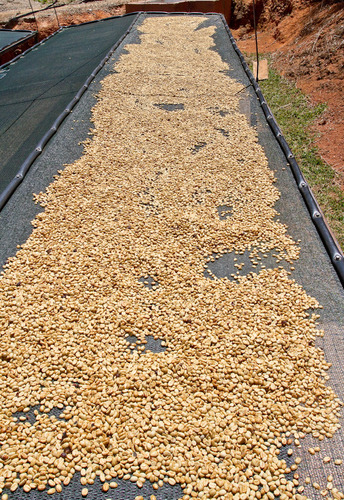
This is the more sophisticated honey treatment developed by Costa Rica in recent years. Costa Rica has introduced many advanced machines that can control the proportion of peel and pulp removal, including white honey, yellow honey, red honey and black honey treatment. the difference between them is the amount of flesh retained.
The least flesh left is the white honey, which is closest to the washing method, leaving only about 20% of the pulp, with clean flavor and bright acidity.
Followed by yellow honey (40% pulp), red honey (60% pulp), and black honey left the most pulp, about 80%, compared with other honey treatment, it is relatively close to the sun method, sweetness is more obvious, the flavor is also more yuan.
The success or failure of this technology lies in controlling the degree of residual pulp and fermentation. The more pulp remains, the sweeter the coffee beans will be after treatment, creating a different flavor.
It seems that the longer it ferments, the better it tastes, and it's not entirely true.
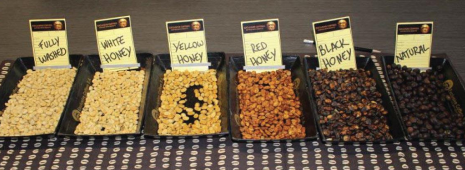
Because the fermentation of honey treatment is the pulp exposed state, so the fermentation speed is much faster than the sun method, if it is not handled well, the fermentation is excessive or uneven, the flesh is rich in black honey, the flavor will be too alcoholic, the taste is very uncomfortable.
Therefore, it is indeed a great knowledge to choose what kind of pulp proportion to use, but also depends on the flavor of the coffee fruit and the fermentation control technology of the processing plant.
In recent years, the development of the world of Costa Rican honey treatment has also made many estates shine internationally, bringing more foreign exchange to Costa Rica and enabling coffee farmers to make better profits. it also makes the impression of Costa Rican coffee more impressive, please climb another tall building.
In recent years, more and more countries have followed the example of Costa Rican honey treatment, and people are becoming more and more blessed.
Important Notice :
前街咖啡 FrontStreet Coffee has moved to new addredd:
FrontStreet Coffee Address: 315,Donghua East Road,GuangZhou
Tel:020 38364473
- Prev
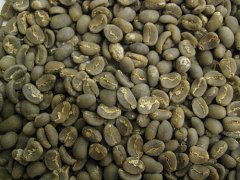
A correct understanding of Golden Manning Coffee is either Golden Manning or Golden Manning.
Exchange of professional baristas Please pay attention to the coffee gentleman in the coffee workshop (Wechat official account cafe_style)-- Sumatra Manning Manning is a fine coffee bean growing in the original Michael Mountain at an altitude of 750 to 1500, which symbolizes a kind of tenacity and a great spirit that can be put away. It represents a kind of masculinity, drinking with a kind of joyful, wanton, gallop wind.
- Next
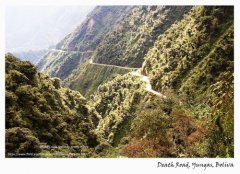
The delicacy of paradise that can only be obtained through the death road-Bolivian coffee beans
Professional baristas Please follow the coffee workshop (official Wechat account cafe_style) if you want to talk about the paradise of coffee bean growth, it is Bolivia. This producing area can be regarded as one of the most recommended boutique coffee producing areas. Most of the coffee beans in this producing area are a little sweet and very pleasing, but the number of coffee beans is very small. This is in Central and South America.
Related
- Detailed explanation of Jadeite planting Land in Panamanian Jadeite Manor introduction to the grading system of Jadeite competitive bidding, Red bid, Green bid and Rose Summer
- Story of Coffee planting in Brenka region of Costa Rica Stonehenge Manor anaerobic heavy honey treatment of flavor mouth
- What's on the barrel of Blue Mountain Coffee beans?
- Can American coffee also pull flowers? How to use hot American style to pull out a good-looking pattern?
- Can you make a cold extract with coffee beans? What is the right proportion for cold-extracted coffee formula?
- Indonesian PWN Gold Mandrine Coffee Origin Features Flavor How to Chong? Mandolin coffee is American.
- A brief introduction to the flavor characteristics of Brazilian yellow bourbon coffee beans
- What is the effect of different water quality on the flavor of cold-extracted coffee? What kind of water is best for brewing coffee?
- Why do you think of Rose Summer whenever you mention Panamanian coffee?
- Introduction to the characteristics of authentic blue mountain coffee bean producing areas? What is the CIB Coffee Authority in Jamaica?

